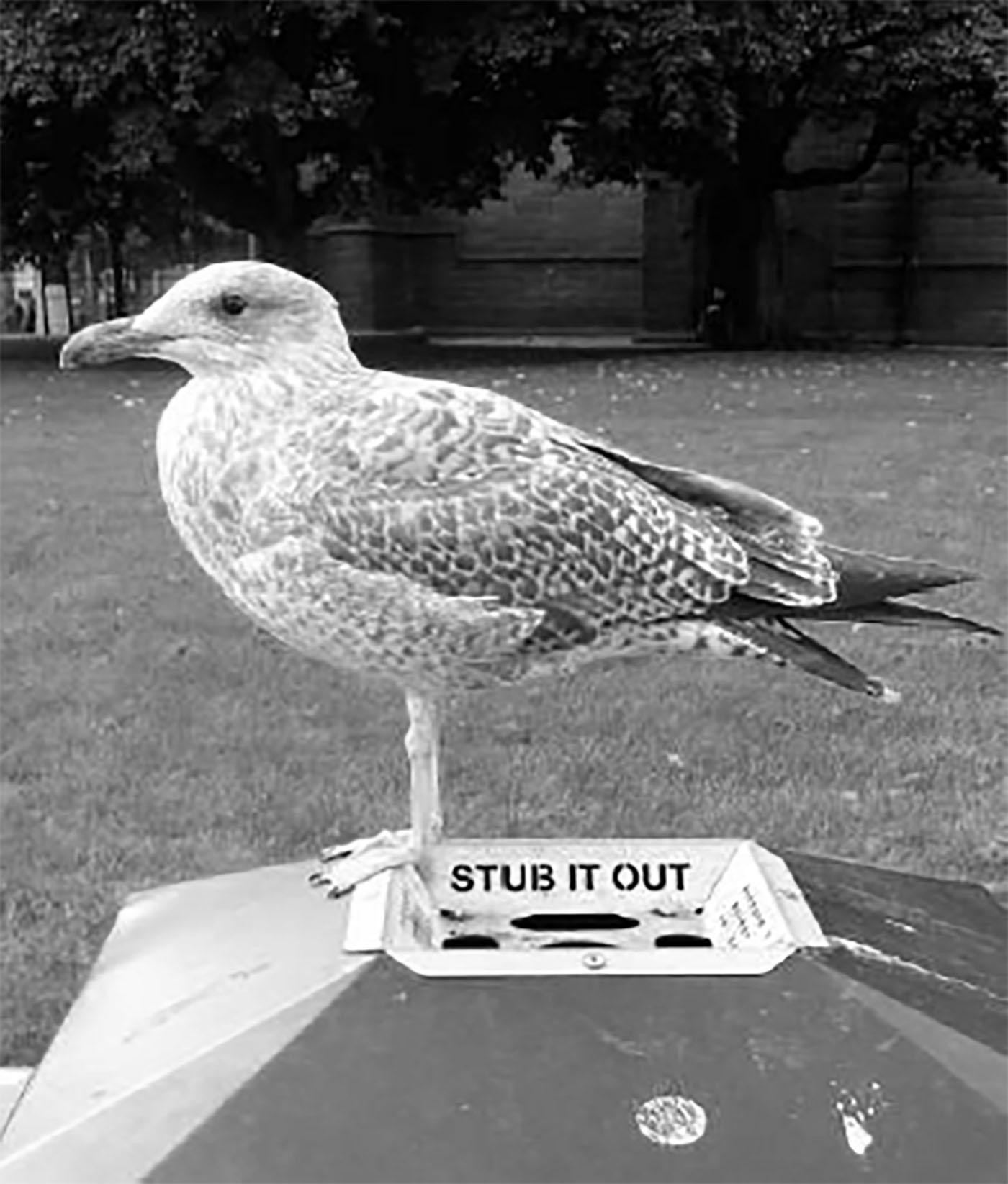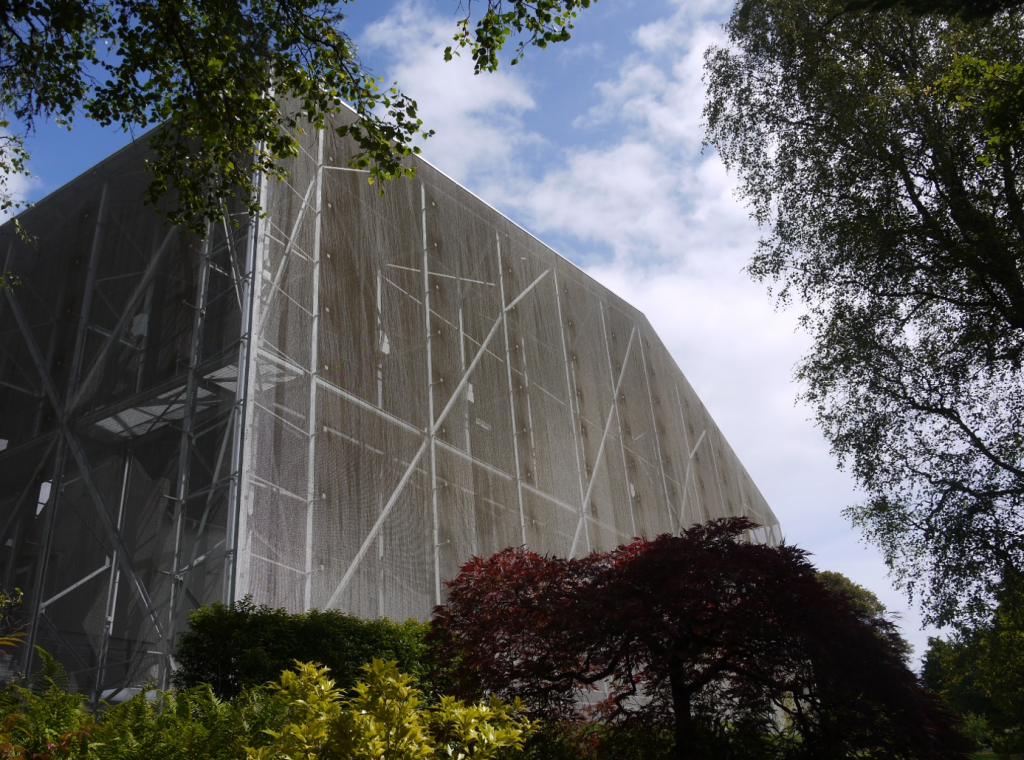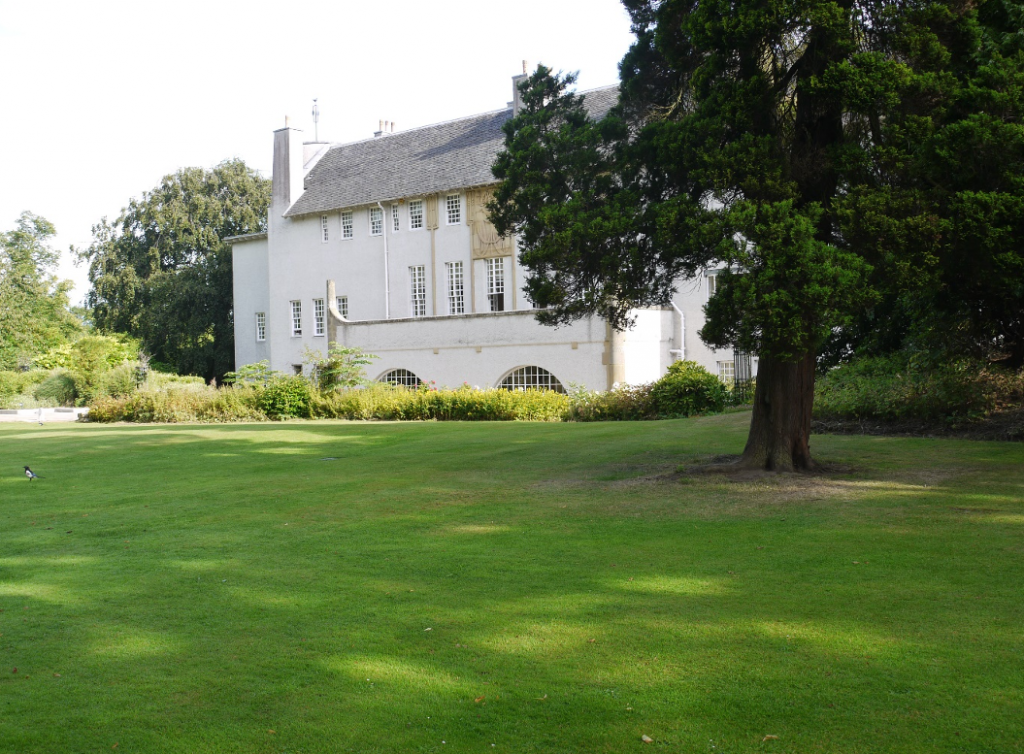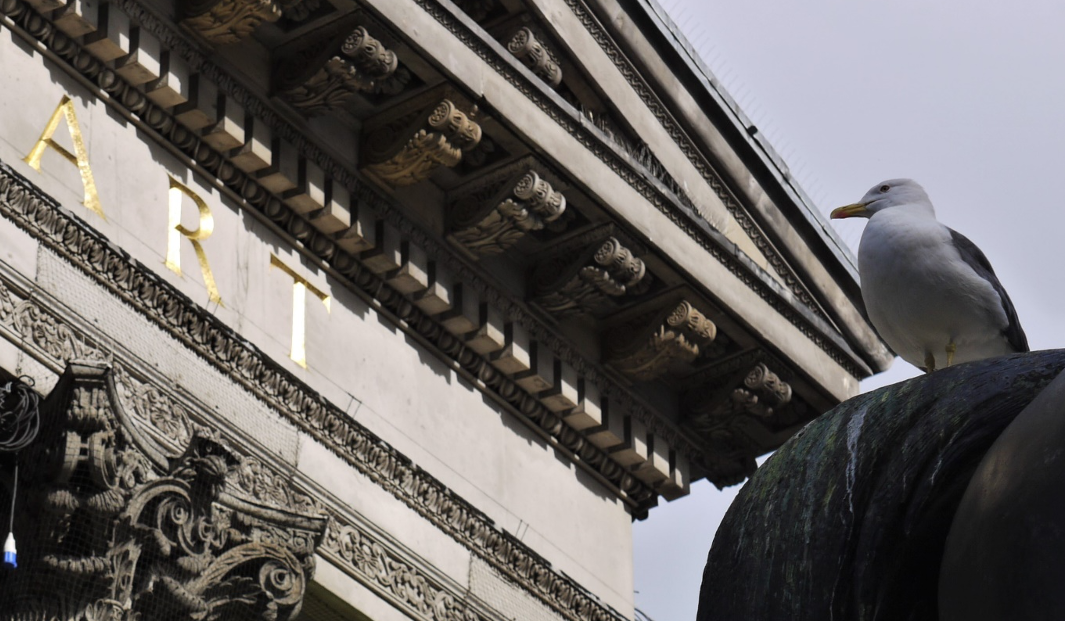On a sunny day in Glasgow C. Gull finds little to be grumpy about on a visit to the new Burrell Collection but the same could not be said of Hill House Helensburgh…
 “It will be sunny in Glasgow.” My wife always says this as we battle with blinding spray and thundering trucks across the woefully inadequate A66 from Scotch Corner to Penrith. And she is always right.
“It will be sunny in Glasgow.” My wife always says this as we battle with blinding spray and thundering trucks across the woefully inadequate A66 from Scotch Corner to Penrith. And she is always right.
The sun is indeed shining as we drive around Pollokshaws looking for the entrance to the Burrell Collection. The brown tourist signs and the satnav have long since given up the unequal struggle when I spot a sign no larger than foolscap pointing towards what appears to be a footpath.
“I think this is it”, says Mrs Gull and she is right again. “Hiding their light under a Burrell!” I mutter. A long meander down a woodland lane brings us out in front of a magnificent red stone and glass building surrounded by lawns and stands of mature trees. On entry to the beautiful, quiet, sunlit foyer I approach the pay desk with some trepidation and ask for two concessionary tickets, only to find that entry to all Glasgow Museums is free – my kind of town!
At this point I should confess that it’s not my first visit. I came here when the building was new and I’m sure I drove in from a different direction. My recollection was of a dark and somewhat depressing interior and a collection of curiosities made by a bloated plutocrat with all the sensitivity of a William Randolph Hearst. It’s still just a cabinet of curiosities of course, but what a cabinet, and what a gift to the ordinary people of Glasgow from Sir William Burrell, a true philanthropist. I was wrong on every level.

Readers of Here & Now will be aware that there was considerable anxiety in some quarters that Barry Gasson’s masterpiece might be ruined in the refurbishment by John McAslan and Partners, but for me the refurbishment is a triumph in itself. How could I have thought the place gloomy? It is flooded with light everywhere that conservation of the artworks allows, and everything works beautifully, even the glass-house restaurant, which remains pleasantly cool even on the hottest days. And the leather chairs in the atrium are just too comfortable……
For time is pressing and even though we could spend days among the fabulous exhibits we have much more to see, so satnav Sadie is called upon to set a course for Hill House Helensburgh and she unerringly leads us to…. a metal cage.
Again, I have to confess that I have been here before. On the first occasion it was closed and shrouded in fog. On the second occasion it was closed and shrouded in scaffolding. And on this occasion, it was open and shrouded in steel mesh. On entry to the gloomy black-painted foyer I approach the desk and ask if it’s free to enter, only to be told that it will be £22. We decide on a coffee instead in the gloom of the black-painted cafe, but the chairs are too uncomfortable and the air conditioning too fierce.

A walk in the garden restores our body temperature, but not our spirits or my temper, for Hill House is entirely invisible behind a cliff of mesh. Was Mackintosh such a lousy architect that he could not make a house weatherproof, or are Carmody Groarke trying to “challenge perceptions about the nature of architecture”? No doubt it will be a “multiple award winning” cage but for me it will forever be an icon of hubris and architectural absurdity. And I thought the upside-down pyramids of V&A Dundee and the giant cowpat of St James’ Quarter in Edinburgh were bad!
“Calm down dear, there’s plenty more Mackintosh to see. You like the Lighthouse don’t you?”, says Mrs Gull and it’s true, I did like the Lighthouse when it was Scotland’s national architecture museum, brilliantly converted from a printing works in 1998 by Page & Park, but the pleasure of returning is marred by finding that it is still signposted with only a foolscap sized sign on Buchanan Street and a practically unreadable sign (completely unreadable from Mitchell Street as it is wrong way round) up the gloomy, odiferous and graffitied alley that is Mitchell Lane. Our anticipation of renewing acquaintance with a fine building and a unique collection is further dampened by finding it closed indefinitely and closely guarded by a very aggressive security woman.
There is always tomorrow, and tomorrow it’s the jewel in the crown – Glasgow School of Art. It has burned down twice and perhaps there is a message there, but the heart of the school is still beating, surely? I tramp up the hill on my own, because Mrs Gull can still rely on the shopping in her favourite city, but the doors are locked and the college is closed. I am directed by a passing student to what appears to be a derelict shop where the M.Arch graduation exhibition is being held. No wonder the students are sueing the college.
We leave with the thought that we no longer belong to Glasgow and we set Sadie to get us home, but in the strange way of satnavs she takes us by way of Bellahouston Park and I spot a sign for Mackintosh’s House for an Art Lover. The sign is large, the way clear, the park delightful and the house magnificent. The café is light and airy and the gardens are superb. If you are not an art lover before you visit, you will be before you leave.
There is definitely something the matter with Glasgow in the way it hides some of its treasures, but the city has so many treasures that when the red mist settles, the Gulls will be back because “its always sunny in Glasgow.”
C.Gull







